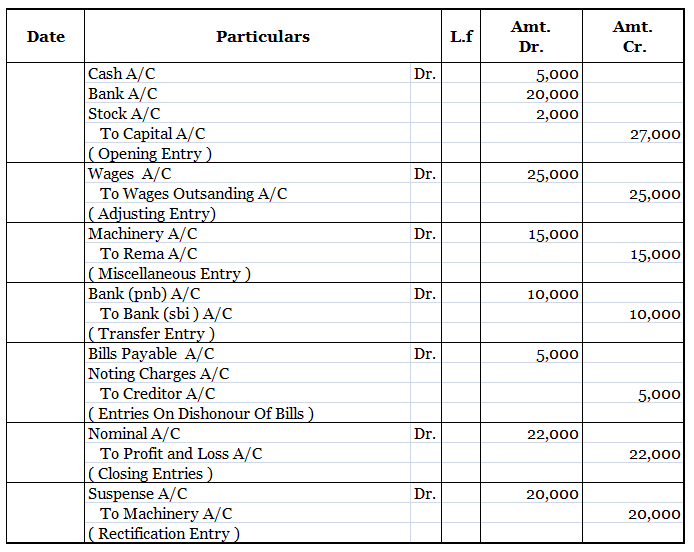The journal entry for a loan to an employee is as follows: Loans to employee A/c …..Dr xxx To Bank/Cash A/c xxx (Being loan given to employee) From the above journal entry, we see that there are two accounts-first one is "Loan to employee accounRead more
The journal entry for a loan to an employee is as follows:
| Loans to employee A/c …..Dr | xxx |
| To Bank/Cash A/c | xxx |
| (Being loan given to employee) |
From the above journal entry, we see that there are two accounts-first one is “Loan to employee account” and the second one is “Bank/cash account“. Both are assets for the company.
Loan to employees is considered an asset because they are expected to be returned by the employee within the stipulated time period. If the loan is repaid within one year it will be shown under the current asset and if it is not expected to be collected within a year or in short might be repaid after a year then it will be shown under long-term assets.
Also, we all know Bank/cash is an asset for the company.
Why loan to employee A/c is debited and Bank/cash A/c is credited?
As per the modern rule:
| ASSETS | |
| Increase | Debit |
| Decrease | Credit |
Connecting the above-stated entry with the modern rule “loan to an employee” is debited as money comes back into the business hence there is an increase in an asset therefore debited. While in the second case “bank/cash account” is credited as the money goes out of the business, there is a decrease in assets of the company therefore credited.
| Loan to employee | The inflow of cash in a future date | Increase in an asset | Debit |
| Bank/ cash | The outflow of cash | Decrease in an asset | Credit |
We notice that in this entry there is an increase in one asset while a decrease of another asset. Therefore the impact on the balance sheet is Nil.
Let me give you a simple illustration of the above entry
Mr. Ross was an employee of Maxwell Pvt ltd. Mr. Ross was lent Rs 2,00,000 by the company for some emergency purpose. So as per modern rules the accounting entry in the books of the company will be as follows:
| Loans to Mr. Ross A/c …..Dr | 2,00,000 |
| To Bank/Cash A/c | 2,00,000 |
| (Being loan given to Mr. Ross) |




Journal entry for commission earned but not received Commission earned but not received is called accrued income. As we know there are two types of accounting, cash basis of accounting, in which the transaction is recorded only when cash is received or paid, and accrual basis of accounting, in whichRead more
Journal entry for commission earned but not received
Commission earned but not received is called accrued income. As we know there are two types of accounting, cash basis of accounting, in which the transaction is recorded only when cash is received or paid, and accrual basis of accounting, in which even if money is yet to be accepted or paid, the transactions are still recorded.
E.g of accrual income- rent earned but not collected, interest on the investment earned but not received, etc.
Journal entry
Simplifying with an example
If the rent earned was $1,000 and it’s yet to be received, we’ll be passing this entry-
When it’s received, this entry is passed
See less